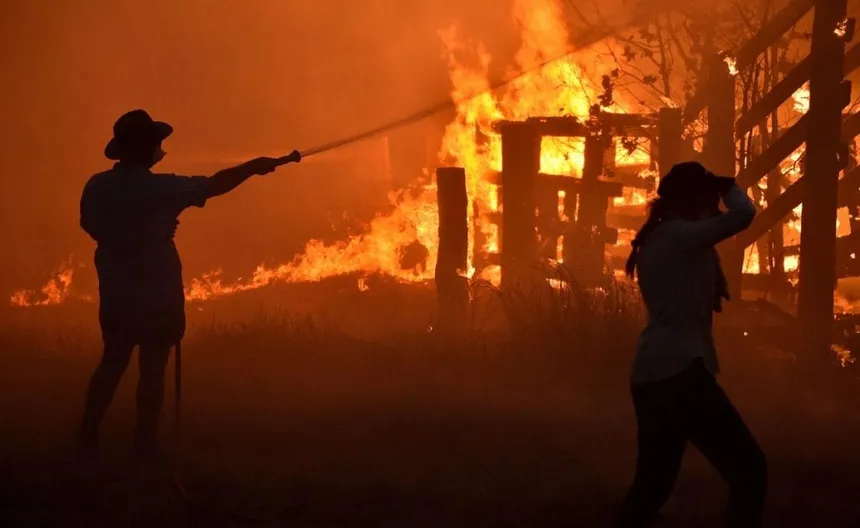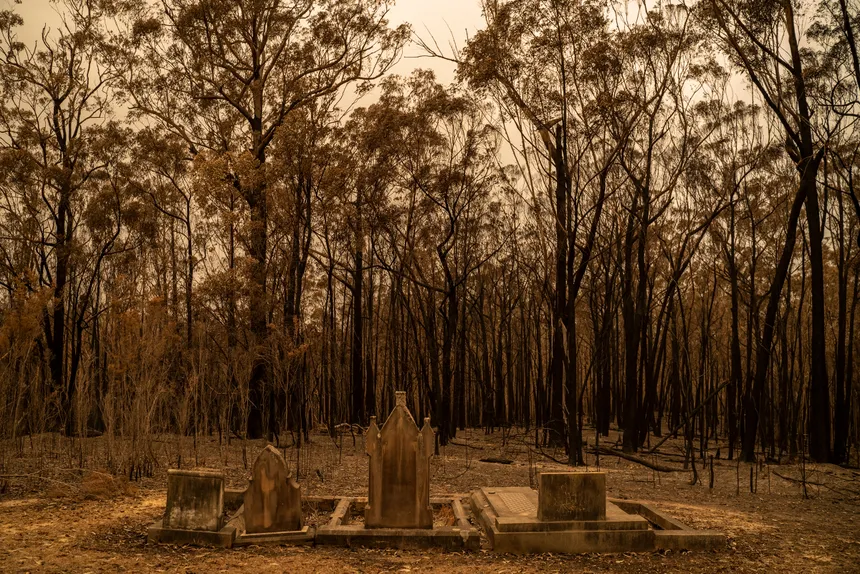Researchers at the US National Center for Atmospheric Research have made a groundbreaking discovery, suggesting that the smoke from Australia’s 2019-20 bushfires may have contributed to the rare “triple dip” La Niña weather pattern that persisted from 2020 to 2022. The data analysis reveals that the smoke aerosols from the fires interacted with clouds to cool surface waters over the south-eastern subtropical Pacific Ocean, creating favorable conditions for a La Niña to form.
According to Dr. John Fasullo, the study’s first author, the bushfire smoke only persisted in the atmosphere for several months, but it triggered a long-lasting feedback loop. The smoke particles resulted in smaller cloud droplets over the southern hemisphere, making them brighter and longer-lasting, and reflecting more sunlight back into space. This phenomenon is similar to the “June gloom” experienced in the US, where cold ocean conditions are accompanied by warm atmospheric conditions above a cloud layer.

The strengthened east-to-west equatorial trade winds in the Pacific during a La Niña increased the chances of above-average rainfall in the spring and summer over much of Australia and south-east Asia, while having the opposite effect in other regions. The cooler surface temperatures over the south-eastern Pacific persisted until 2022, surprising researchers with its longevity.
The study’s findings have significant implications for improving climate cycle predictions in the future. Dr. Fasullo believes that incorporating wildfires into El Niño-Southern Oscillation (ENSO) forecast systems could improve seasonal predictions. “With climate change, these fires are going to become bigger, more intense, and longer-lasting,” he said. “Obviously, it’s a huge negative to have such a strong and impactful fire, but it does provide a source of predictability perhaps.”
According to Dr. Agus Santoso of the University of New South Wales, triple La Niñas are quite rare, and the recent phenomenon was preceded by weak El Niños in 2018 and 2019. He believes that incorporating wildfires into ENSO prediction systems could be beneficial, particularly in situations where strong bushfires occur.

